Troubleshooting a Mold in Composting Toilet: It’s Probably Not What You Think

Mold can be a problem even in the best composting toilets, but don’t worry! It’s not the end of the world. Mold is just a sign of excess moisture and improper ventilation.
If you have mold growing in your composting toilet, fortunately, there are some easy ways to keep your toilet free from mold!
What are composting toilets and how do composting toilets work?
Composting toilets are typically dry flush devices, an alternative to your regular flush toilet, that require very little or no water at all. You may read our post about waterless toilets here.
They generally operate effectively in regions with frequent power outages, such as rural villages and underdeveloped countries where running water is unavailable. These systems do not require a plumbing connection to operate and instead utilize an electrical pump to flush the toilet.
A composter would typically come in central or self-contained models, electric or non-electric models.
Biggest disadvantage of composting toilets:
By far one of the disadvantages many would consider the worst thing is the potential for mold to grow in your composting system – this occurs through excess moisture being trapped in the finishing drawer or the solids tank.
Composting toilets only tend to have a small exhaust fan, meaning the ventilation system alone may not be enough to remove all the moisture in the composting system.
What causes mold in a composting toilet?
Mold in a home composting toilet can be a serious problem, It is usually caused by excess moisture collecting inside the container or the bin not draining properly.
This happens due to inadequate access to air (remember that aerobic bacteria need oxygen) in order to break down organic matter efficiently.
For these reasons, composting toilets need a ventilation up-take system that provides plenty of fresh air and gets rid of humidity during filling cycles to help maintain healthy levels.
When done properly the composting process should keep excess moisture levels low. If you are seeing mold on your toilet, there is a good chance it is caused by too much moisture in the composting process.
This can happen with poor access to air and placing your composting toilet too far from or at an angle with the sunlight and air ventilation. Compost needs oxygen, sunlight, and heat for aerobic composting to occur.
Help: getting rid of mold in your composting toilet
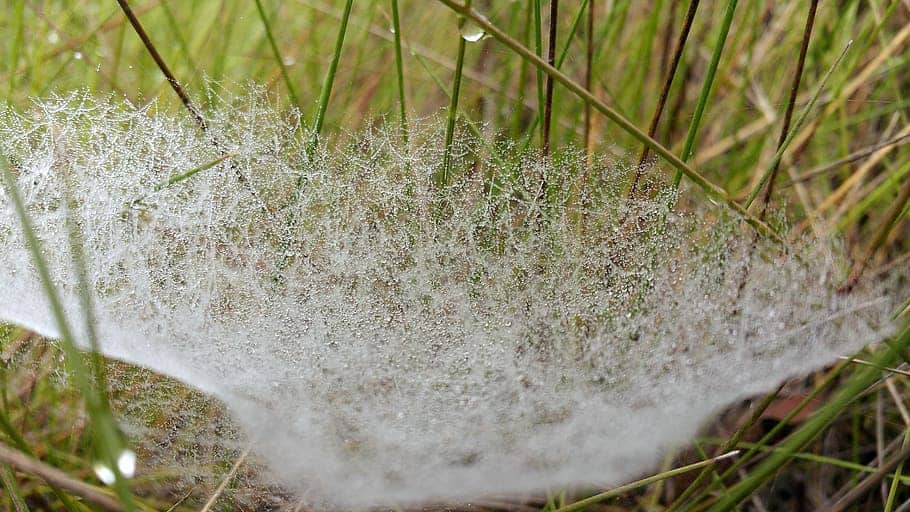
Mold is caused by the breakdown of organic matter. This leads to moist, humid conditions which will lead to undesirable growth of mold on surfaces, including your composting toilet.
Composting toilets are a fairly new invention and there still isn’t a perfect solution for how or where you should go about sanitizing an effective composting toilet without having significant water access.
According to Sherrie Ashley, the co-founder of PeopleFastFind, the best way to combat mold in an early-stage toilet would be using clove oil during the drying process.
A more permanent solution for future constructions would be creating better drainage or venting. Proper ventilation and a sufficient amount of airflow are important to help keep the compost dryer and moisture-free.
A bedding or sawdust layer is also productive in keeping the compost dryer by absorbing any excess liquid. If water puddles for prolonged periods of time, it can both stagnate and introduce unsightly mold spores that will clog up the toilet’s compost container.
In extreme cases, there still isn’t anything you can do to prevent mold. If you happen to be in a situation where your toilet is continuously growing mold, it’s best to simply get rid of the toilet completely and start over with a new one.
If you’re cleaning out your composting toilet for the first time and notice there’s already an alarming amount of mold growth inside it, try to clean it out as much as possible.
This means removing and disposing of the current compost within it, scrubbing down all surfaces with a bleach solution, dispensing clove oil (which will kill any remaining mold spores) onto each surface to prevent future growth, and then finally re-composing your toilet.
The importance of bulking material in composting toilets
When using a composting toilet, urine and feces are collected in a tank where aerobic bacteria break down the waste material. The process is not perfect and typically needs bulking material added to help with moisture retention and odor reduction.
Some of the popular choices are peat moss, sawdust, coco coir, wood chips, and straw.
The popularity of bulking material is still being argued in the composting toilet community. Some composting toilet manufacturers claim that it’s not necessary but this does not seem to be correct since there are many people who need or want to use additional bulking material for a variety of reasons.
Composting toilets without bulking material will take a lot longer for the urine and feces to break down efficiently. Bulk material also helps with odor control by providing more surface area for aerobic bacteria to break down.
Composting toilet sanitary tips
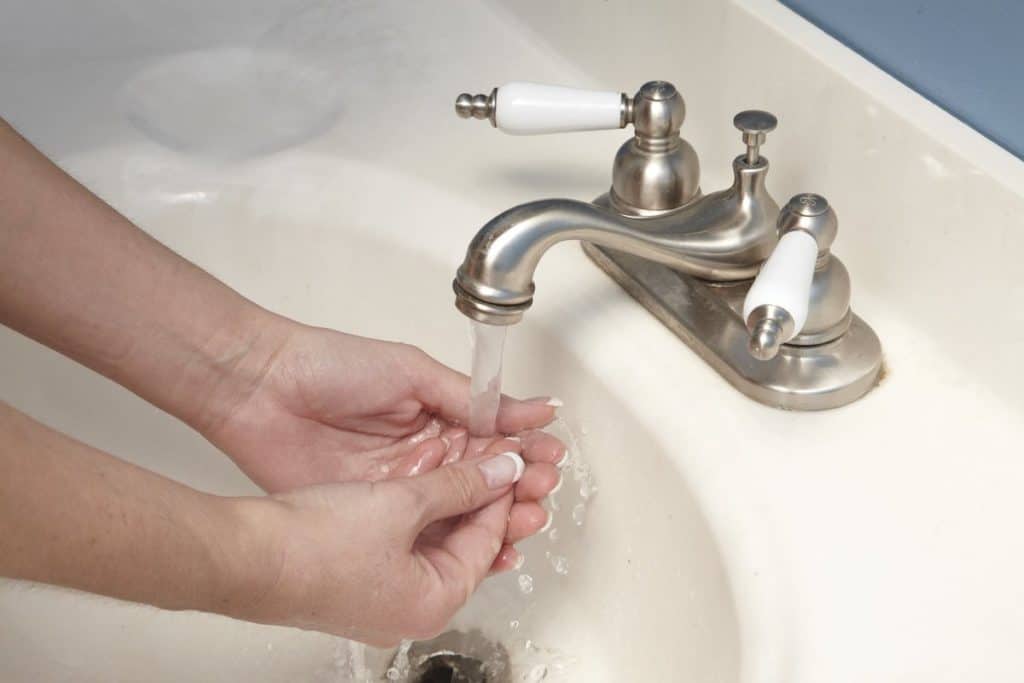
Composting toilets are a great way to go green and save money, but it can also be gross if you don’t know how to use them properly. Here are some tips to keep your composting toilet clean and healthy.
1. Clean and maintain your toilet regularly, including scrubbing it down and using a deodorizing cleaner.
2. Add in some lime or other natural disinfectant to help with odor control.
3. Always keep the lid closed when not in use and don’t let anything fall into the tank or overflow the drain.
4. Clean out the tank every few months to remove any buildup.
Air Head composting toilet problems
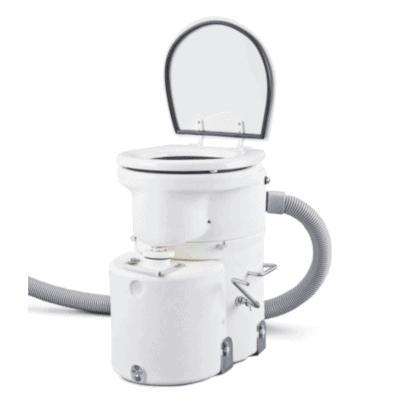
The Airhead Composting Toilet is a self-contained, humanure composting toilet. It has become increasingly popular due to its ease of use and lack of maintenance.
The Air Head composting toilet is not always as easy to use as it may seem. There are problems that some customers have had with the toilet, even after purchasing a new one. Here are some of the most common issues:
Small urine tank
The airhead composting toilet unit has a small urine tank, and It might be difficult to monitor since there’s not much space in front of the top opening for viewing levels.
There’s some of an adjustment process with frequent emptying but you can always get more tanks for emergency swaps!
Moisture content levels are high
It is important to keep a composting toilet moist, but too much moisture in the air can be dangerous. One way of fixing this issue would be by adding dry coconut coir to absorb excess moisture from the air and create more airflow for your composting toilets.
The smell in the urine tank
Almost all composting toilets share this common problem, the odor in the urine tank. A solution might be adding coffee grinds which will soak up some of that odor and can also help with generating heat for drying out waste inside the container.
Sun-Mar composting toilet problems and troubleshooting
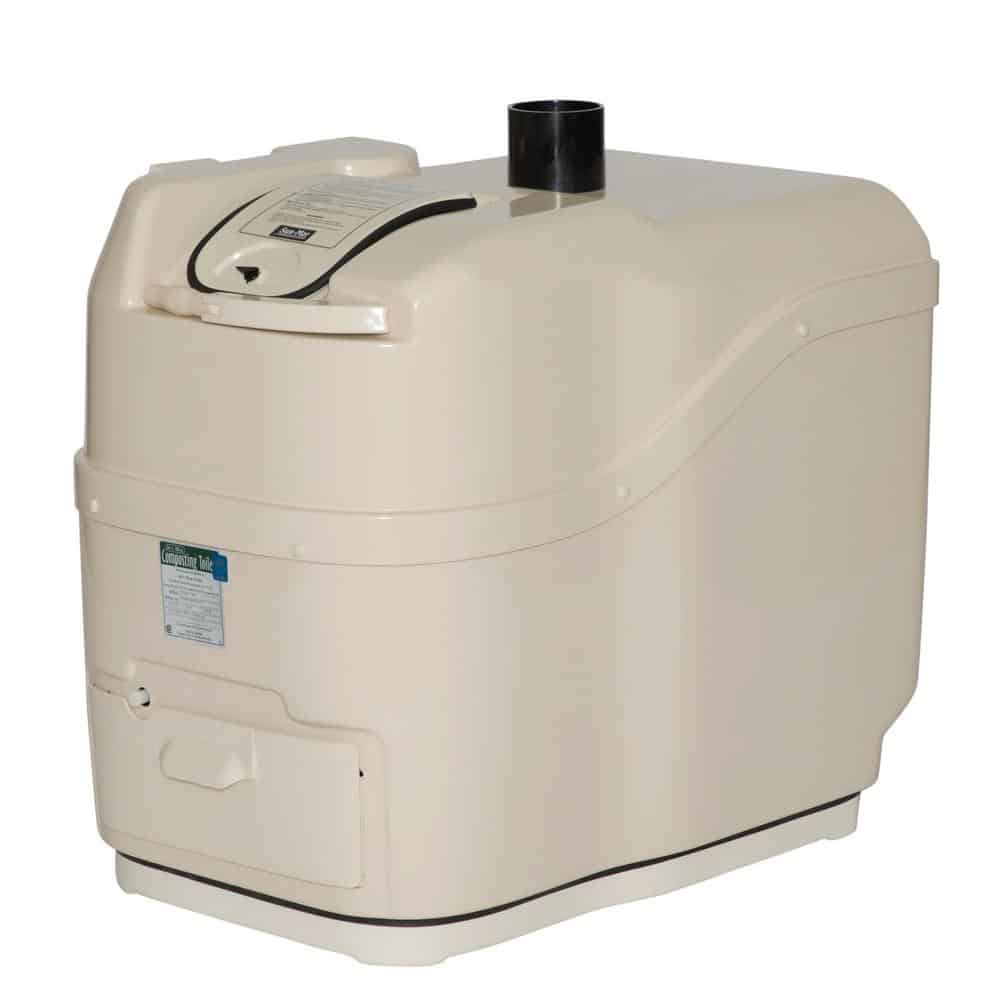
The Sun-Mar Composting Toilet is a top-tier composting toilet that offers an environmentally friendly way to dispose of human waste. The toilet uses no water, chemicals, or sewage systems and has been proven to reduce the number of harmful methane emissions in landfills.
However, there are some problems with this system that people need to be aware of before they make the decision to invest in one of these toilets.
Sun Mar toilets typically have a patented bio drum technology to create warmth, moisture, organic material, and oxygen- the ideal environment for waste. However, this doesn’t mean that Sun Mar toilets are free from problems.
Here’s a list of common troubleshooting tips for your Sun-Mar composting toilet:
Toilet odor present
Sun-Mar toilets are odorless when installed properly, but it is possible for certain parts of the system to be impaired or a leak can occur in chutes and vents resulting in odors.
If you notice that your Sun-Mar toilet isn’t operating smoothly listen closely because there might be something wrong with its fan motor.
It’s important to make sure composting humus tray is positioned correctly so water doesn’t seep into holes where bacteria collect which could lead to unpleasant smells downwind from your bathroom.
Fan noise is loud
The sound of your composting toilet fan may get loud if there are obstructions in the blades. If this persists, take a light brush and clean off the blades to unclog them. In addition, make sure you check for worn bearings that could be causing noise as well.
There is no indication that composting is working
It took six weeks for bacteria to create a rich environment, but there was still minimal progress made in the process of creating compost. Use appropriate bulking agents and make sure not to use any disinfectant or antibacterial cleaner while using this system.
The compost pile looks too dry
The composting toilet will typically receive enough moisture to meet adequate moist requirements. There may be instances where it’s necessary for the pile to be periodically sprayed with water if the toilet is not used over an extended period of time.
To ensure ample moisture, pour 5 liters of water into the toilet and let sit for 2 hours before mixing together again. If there are still dry on your pile after this adjustment then add another 5 liters worth to make sure everything stays wet.
The compost pile looks too wet
The compost pile can be too wet. It’s best to create a moist content of around 50%. If the toilet is also wet, it needs more wood shavings and/or less use time so that water doesn’t build up in the area where you’re using it.
Add more wood shavings through the inspection door that covers your composting bin so they are mixed thoroughly throughout when adding new materials on top as you fill up space again.
Over-inflated toilet paper pile on top
A toilet paper in pile is a problem when it’s over-inflated. The compost should be dampened and agitated with wood shavings to mix well, the moisture will break down the paper if regulated properly. What kind of toilet tissue you use also matters: recycled or hypoallergenic has fewer chemicals than resist composting.
Nature’s Head toilet issues
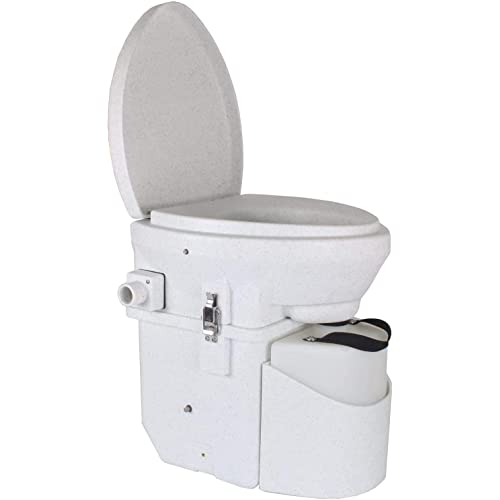
Many people have also had problems with Nature’s Head composting toilets – many people found that when they use the toilet, the evaporation chamber and finishing drawer tend to collect too much excess moisture which in turn, produces mold.
However, all you need to do is follow the instructions and manual precisely, and empty out the solids tank often, ensuring there is no excess moisture. This is enough to reduce and even prevent the mold problem.
FAQs
Why is my compost toilet leaking?
Whenever the composting toilet is leaking, it’s because the bin is too wet. Ideally, the bin should be just damp – not soaked and not dry. It gets moist from urine and dries out during digestion over time.
Where does urine go in a composting toilet?
A composting toilet uses an exhaust fan to evaporate the urine once it is poured into a special container.
Do composting toilets smell bad?
Composting toilets are like any other kind in that understanding how to use them properly is key, and if used in the wrong way then they will smell.
The bottom line is that compost toilet odor levels are typically very minimal. Compost piles need sufficient oxygen and the right kind of bacteria to thrive. Make sure there is ample ventilation.
Check out our FAQ page here to have all your other questions regarding composting toilets, answered.

